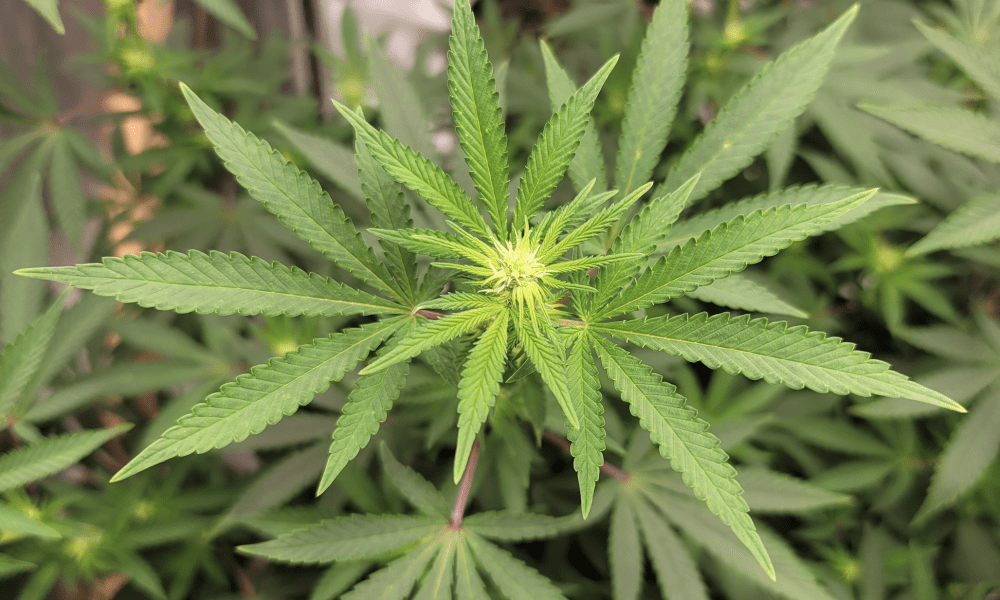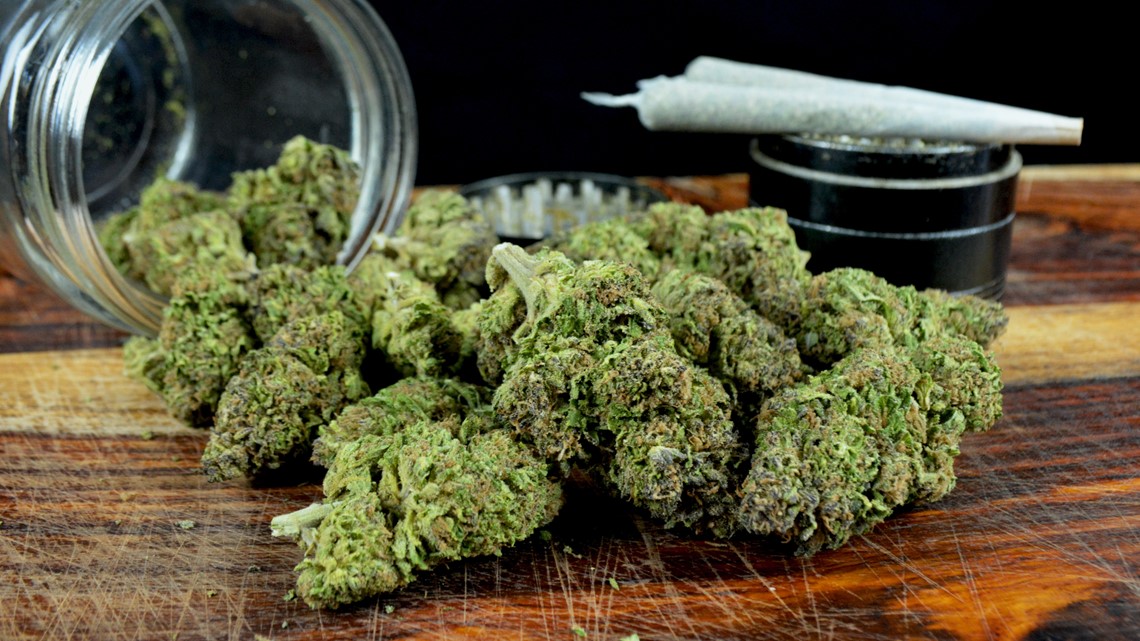Its interesting, strains for recreation are beginning to deviate from strains for medicine for that reason. Nothing wrong with that. Some of that stuff will knock you out! There are plenty of strains with high potency with quality terpenes. It has to do with both genetics as well as environmental factors and harvesting process.
If all we have is lower potency flower, will not have the same medical effect, and also people will just smoke more of it, which isn't great for your lungs.
If all we have is lower potency flower, will not have the same medical effect, and also people will just smoke more of it, which isn't great for your lungs.


 or socially too.
or socially too. 









